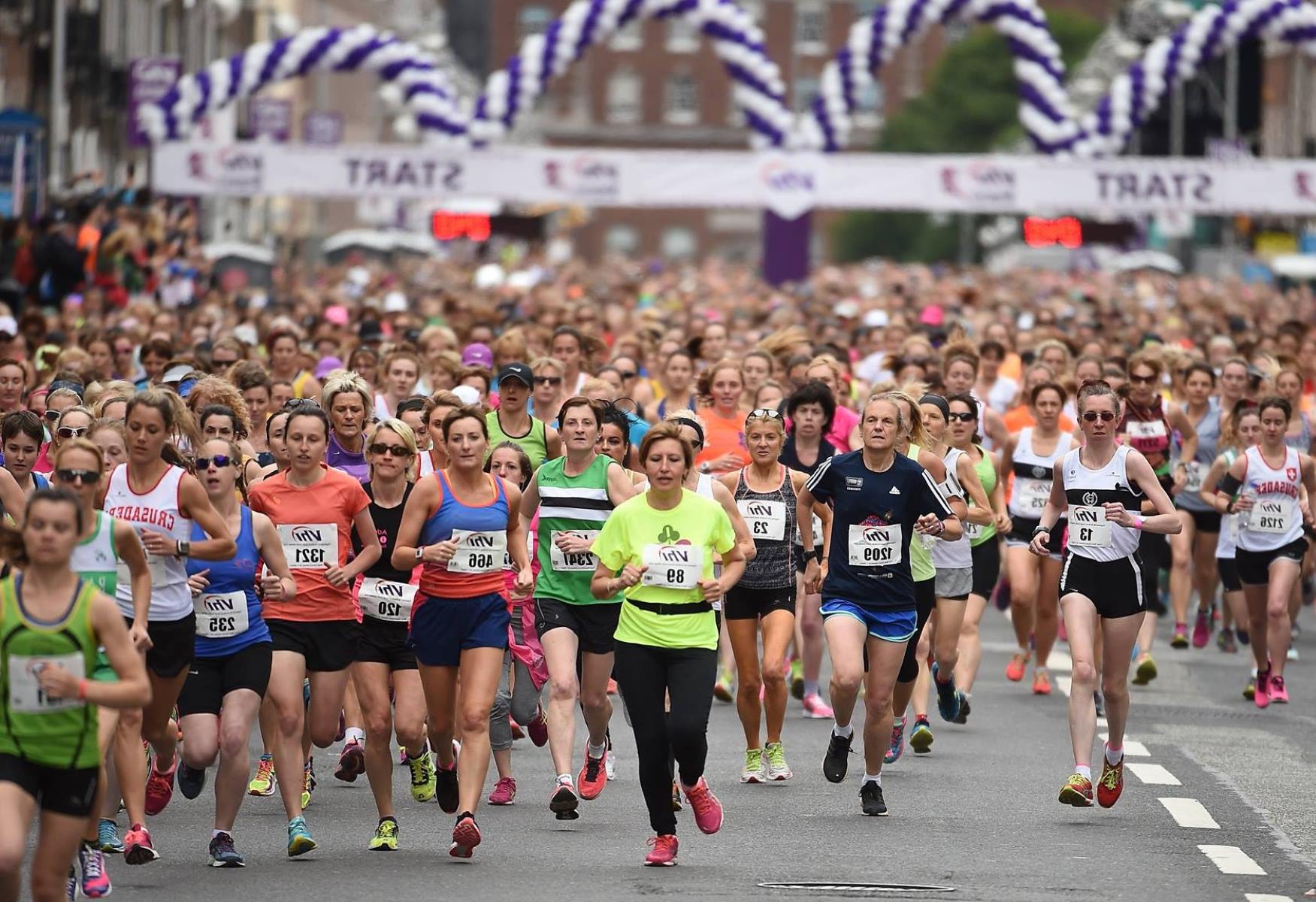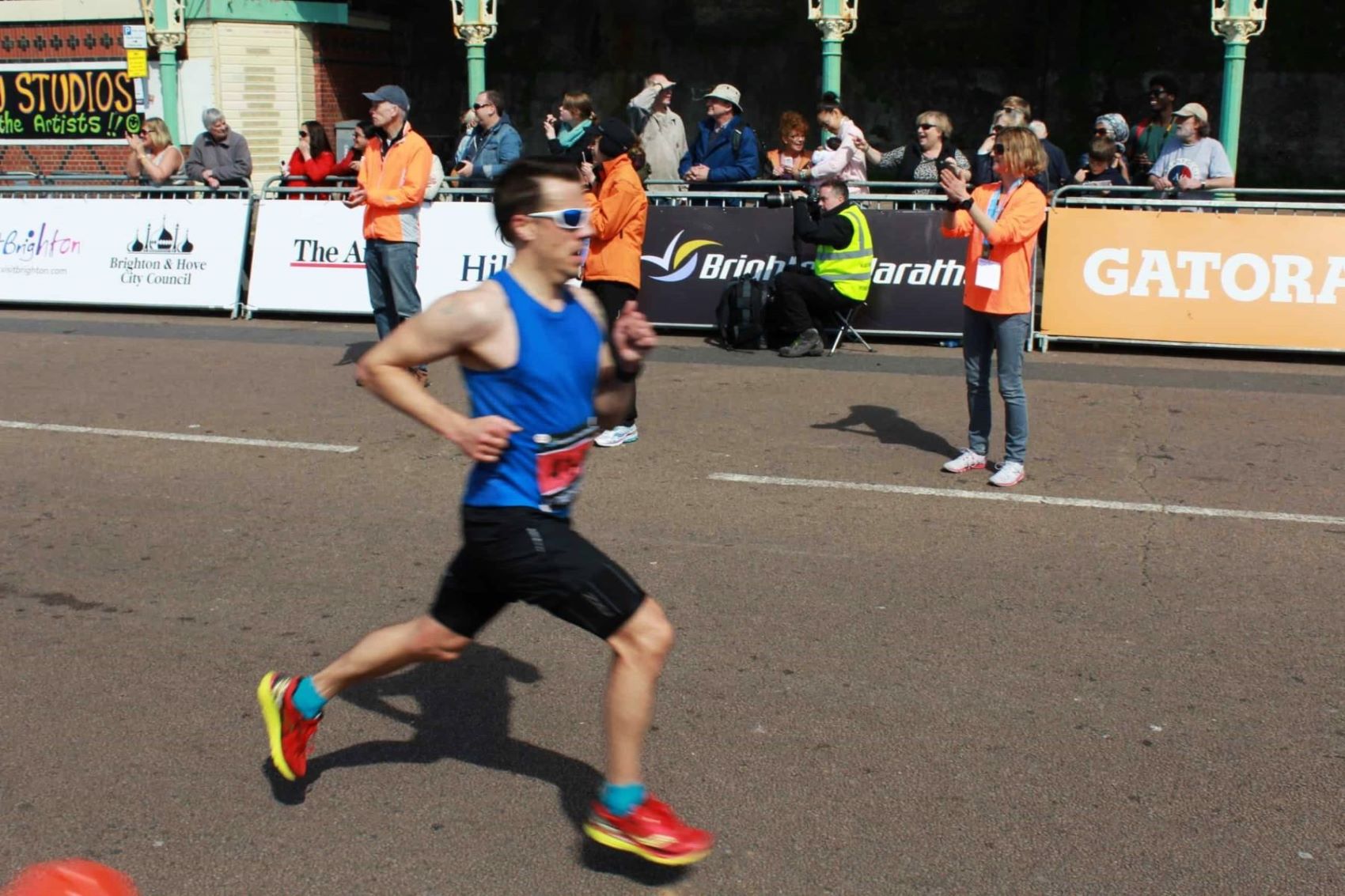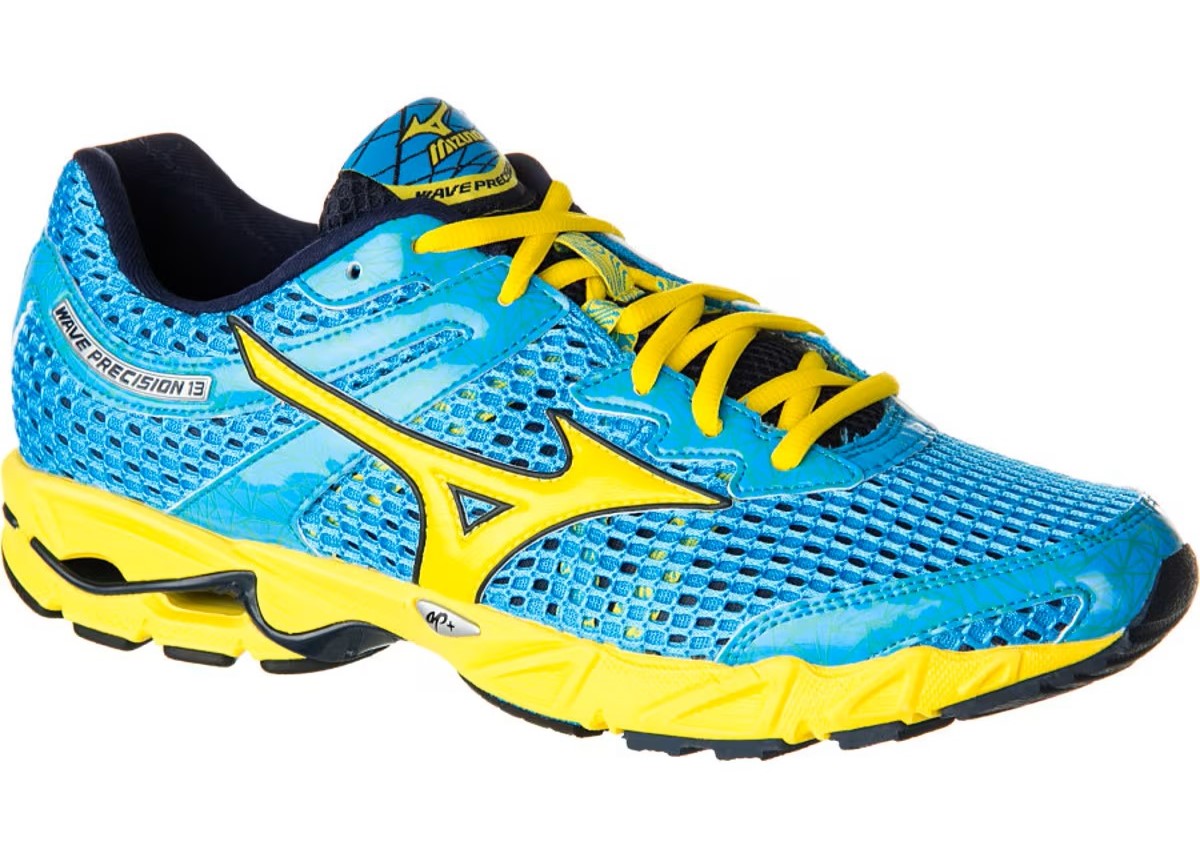Home>Training & Techniques>Five Top Ways To Maximize Your Calorie Burn Through Running


Training & Techniques
Five Top Ways To Maximize Your Calorie Burn Through Running
Published: March 1, 2024
Discover effective training and techniques to maximize calorie burn through running. Learn the top five ways to boost your workout and achieve your fitness goals.
(Many of the links in this article redirect to a specific reviewed product. Your purchase of these products through affiliate links helps to generate commission for Therunningadvisor.com, at no extra cost. Learn more)
Table of Contents
Understanding Your Body's Calorie Burning Process
Understanding how your body burns calories during running is essential for maximizing your workout's effectiveness. When you engage in physical activity, your body requires energy to fuel your muscles and sustain your effort. Running, a high-impact cardiovascular exercise, demands a significant amount of energy, making it an excellent way to burn calories and improve overall fitness.
During a run, your body taps into its energy reserves to power your muscles. The primary source of energy for this activity is glycogen, which is stored in your muscles and liver. As you continue running, your body gradually depletes its glycogen stores, prompting it to turn to alternative energy sources, such as fat. This transition is crucial for calorie burning, as fat is a dense energy source that can sustain prolonged physical activity.
Moreover, running elevates your heart rate and metabolism, leading to an increase in calorie expenditure. The intensity and duration of your run directly impact the number of calories burned. Longer runs at a moderate pace primarily target fat stores, while shorter, high-intensity runs rely more on glycogen for energy. Understanding this dynamic can help you tailor your running routine to achieve specific calorie-burning goals.
Furthermore, factors such as age, weight, and fitness level influence the calorie-burning process. Generally, individuals with higher body weights and muscle mass burn more calories during running due to the increased effort required to move their bodies. Additionally, age can affect metabolism, with younger individuals typically having a higher metabolic rate, resulting in more efficient calorie burning.
In essence, comprehending your body's calorie burning process during running involves recognizing the interplay of energy sources, metabolic responses, and individual characteristics. Armed with this knowledge, you can strategically structure your running regimen to optimize calorie burn and achieve your fitness objectives.
Incorporating Interval Training into Your Running Routine
Interval training is a highly effective method for maximizing calorie burn and enhancing overall running performance. This approach involves alternating between periods of high-intensity exertion and active recovery, creating a challenging yet adaptable workout structure. By integrating interval training into your running routine, you can significantly elevate your calorie-burning potential and achieve greater fitness gains.
The fundamental principle of interval training lies in its ability to push the body beyond its comfort zone, prompting physiological adaptations that lead to improved endurance and calorie expenditure. During high-intensity intervals, such as sprinting or fast-paced running, your body demands a substantial amount of energy, resulting in a heightened calorie burn. This intense effort is followed by active recovery periods, allowing your body to partially replenish its energy stores while maintaining a moderate level of activity.
One of the key advantages of interval training is its ability to create an "afterburn" effect, scientifically known as excess post-exercise oxygen consumption (EPOC). This phenomenon refers to the increased rate of oxygen consumption that occurs after a workout, as the body works to restore its oxygen debt and metabolic balance. As a result, additional calories are burned during this post-exercise recovery phase, contributing to the overall calorie expenditure from the interval training session.
Moreover, interval training promotes the development of both aerobic and anaerobic fitness, enhancing your body's capacity to utilize oxygen and tolerate high-intensity efforts. This comprehensive improvement in cardiovascular and muscular endurance not only amplifies calorie burn during the workout but also elevates your basal metabolic rate, leading to sustained calorie expenditure throughout the day.
When incorporating interval training into your running routine, it is essential to customize the intervals based on your fitness level and goals. Beginners may start with shorter, less intense intervals, gradually increasing the duration and intensity as their fitness improves. Conversely, experienced runners can experiment with a variety of interval formats, such as pyramid intervals, fartlek training, or Tabata-style workouts, to continually challenge their bodies and optimize calorie burn.
In essence, interval training serves as a potent tool for elevating your calorie burn during running, fostering physiological adaptations, and enhancing overall fitness. By strategically integrating intervals into your running routine, you can unlock your body's full potential for calorie expenditure and experience substantial improvements in both performance and endurance.
Utilizing High-Intensity Hill Workouts for Maximum Calorie Burn
Incorporating high-intensity hill workouts into your running regimen can significantly elevate your calorie-burning potential and enhance overall fitness. Hill running presents a formidable challenge that engages various muscle groups and demands a substantial amount of energy, making it an effective strategy for maximizing calorie burn.
When you run uphill, your body must overcome the force of gravity, requiring greater muscular effort and energy expenditure compared to running on flat terrain. This increased demand on your muscles and cardiovascular system leads to a higher calorie burn during the workout. Additionally, the incline forces you to adopt a more powerful and efficient running form, further intensifying the workout and contributing to enhanced calorie expenditure.
High-intensity hill workouts also stimulate the development of muscular strength and power, as they engage the quadriceps, hamstrings, glutes, and calves to a greater extent than running on flat surfaces. The dynamic nature of hill running, with its constant changes in elevation, promotes muscle activation and recruitment, leading to improved overall strength and endurance. As a result, your body becomes more adept at sustaining high-intensity efforts, ultimately amplifying calorie burn and fitness gains.
Furthermore, hill running elicits a significant cardiovascular response, elevating your heart rate and oxygen consumption to meet the heightened demands of the workout. This increased cardiovascular stress not only enhances calorie expenditure during the workout but also contributes to improved cardiovascular fitness and endurance over time. The combination of muscular and cardiovascular engagement during high-intensity hill workouts creates a potent calorie-burning environment that can propel your fitness journey to new heights.
To maximize the calorie-burning potential of hill workouts, it is essential to approach them with a structured and progressive mindset. Begin by incorporating shorter hill sprints or repeats into your running routine, gradually increasing the duration and intensity as your strength and endurance improve. Additionally, varying the incline and terrain of your hill workouts can provide a diverse stimulus for your body, challenging different muscle groups and energy systems while optimizing calorie burn.
In essence, high-intensity hill workouts offer a compelling avenue for maximizing calorie burn and elevating overall fitness. By integrating these challenging yet rewarding sessions into your running regimen, you can harness the transformative power of hill running to achieve substantial calorie-burning results and unlock your body's full potential for athletic performance.
Exploring Cross-Training Activities to Complement Your Running
Incorporating cross-training activities into your fitness routine can significantly complement and enhance the benefits of running. Cross-training involves engaging in a variety of exercises and physical activities that differ from your primary workout, such as running. By diversifying your training regimen, you can target different muscle groups, improve overall strength and flexibility, prevent overuse injuries, and maximize your body's calorie-burning potential.
One popular cross-training activity that complements running is cycling. Cycling offers a low-impact yet highly effective cardiovascular workout that engages the leg muscles in a manner similar to running. By pedaling against resistance, whether on the road or using a stationary bike, you can strengthen your quadriceps, hamstrings, and calf muscles while providing a break from the repetitive impact of running. Additionally, cycling helps improve muscular endurance and cardiovascular fitness, contributing to enhanced performance and calorie burn during running.
Swimming is another exceptional cross-training activity that offers a full-body workout while being gentle on the joints. The resistance provided by the water engages various muscle groups, including the arms, shoulders, back, and core, promoting overall strength and muscular balance. Swimming also enhances cardiovascular endurance and lung capacity, making it an ideal complement to running. The low-impact nature of swimming allows for active recovery while maintaining a high calorie-burning potential, making it a valuable addition to your cross-training repertoire.
Strength training, encompassing exercises such as weightlifting, bodyweight exercises, and resistance training, plays a crucial role in enhancing running performance and calorie burn. By targeting specific muscle groups, such as the glutes, core, and upper body, strength training helps improve overall muscular strength, stability, and power. This, in turn, can enhance running efficiency, reduce the risk of injuries, and elevate calorie burn by increasing muscle mass and metabolic rate.
Yoga and Pilates are valuable cross-training activities that focus on flexibility, balance, and core strength. These practices help runners improve their range of motion, enhance muscular flexibility, and develop core stability, all of which are essential for maintaining proper running form and preventing injuries. Additionally, the mind-body connection fostered by yoga and Pilates can contribute to mental relaxation and stress reduction, promoting overall well-being and optimizing the body's capacity for calorie burn during running.
In essence, exploring cross-training activities to complement your running offers a holistic approach to fitness that targets various aspects of physical conditioning. By integrating diverse activities such as cycling, swimming, strength training, yoga, and Pilates into your training regimen, you can enhance muscular balance, cardiovascular endurance, and overall performance while maximizing your body's calorie-burning potential. This comprehensive approach not only fosters a well-rounded fitness foundation but also elevates the enjoyment and sustainability of your running journey.
Making Smart Nutrition Choices to Support Your Calorie-Burning Goals
Fueling your body with the right nutrients is paramount in supporting your calorie-burning goals and optimizing your running performance. Smart nutrition choices play a pivotal role in providing the energy, sustenance, and recovery necessary to maximize the calorie burn from your running endeavors. By prioritizing nutrient-dense foods and strategic meal planning, you can effectively support your body's metabolic processes, enhance endurance, and facilitate efficient calorie expenditure.
Read more: Maximize Your Run Commute With These 7 Tips
Prioritize Lean Proteins and Complex Carbohydrates
Incorporating lean proteins, such as poultry, fish, legumes, and tofu, into your diet is essential for muscle repair and growth, both of which are integral to sustaining high-calorie-burning workouts. Additionally, complex carbohydrates, including whole grains, fruits, and vegetables, serve as the primary energy source for your runs. These nutrient-rich foods provide a steady release of energy, supporting sustained performance and optimizing calorie burn during your runs.
Hydration Is Key
Proper hydration is fundamental for optimizing your body's metabolic processes and maximizing calorie burn. Dehydration can hinder performance and diminish the body's ability to efficiently burn calories. By maintaining adequate fluid intake, particularly before, during, and after your runs, you can support optimal metabolic function and ensure that your body is primed for effective calorie expenditure.
Embrace Nutrient-Dense Foods
Incorporating a variety of nutrient-dense foods, such as leafy greens, colorful vegetables, fruits, nuts, and seeds, into your diet provides essential vitamins, minerals, and antioxidants that support overall health and vitality. These foods not only contribute to efficient calorie burning but also aid in post-exercise recovery, muscle repair, and immune function, ensuring that your body is well-equipped to sustain high-calorie-burning activities.
Strategic Meal Timing
Strategic meal timing can significantly impact your body's ability to burn calories effectively during running. Consuming a balanced meal or snack containing carbohydrates and protein before your run provides the necessary fuel to optimize performance and calorie burn. Post-run meals should focus on replenishing glycogen stores and supporting muscle recovery, emphasizing the importance of nutrient-rich foods to facilitate efficient calorie expenditure and enhance overall running performance.
Mindful Eating Habits
Practicing mindful eating habits, such as paying attention to portion sizes, savoring each bite, and recognizing hunger and satiety cues, can contribute to a balanced and sustainable approach to nutrition. By fostering a mindful relationship with food, you can support your body's calorie-burning goals while promoting overall well-being and a positive mindset towards fueling your running endeavors.
In essence, making smart nutrition choices to support your calorie-burning goals involves prioritizing nutrient-dense foods, maintaining proper hydration, and strategically timing your meals to optimize energy availability and recovery. By embracing a holistic approach to nutrition, you can effectively support your body's metabolic processes, enhance endurance, and maximize the calorie burn from your running activities, ultimately propelling you towards your fitness and performance goals.














